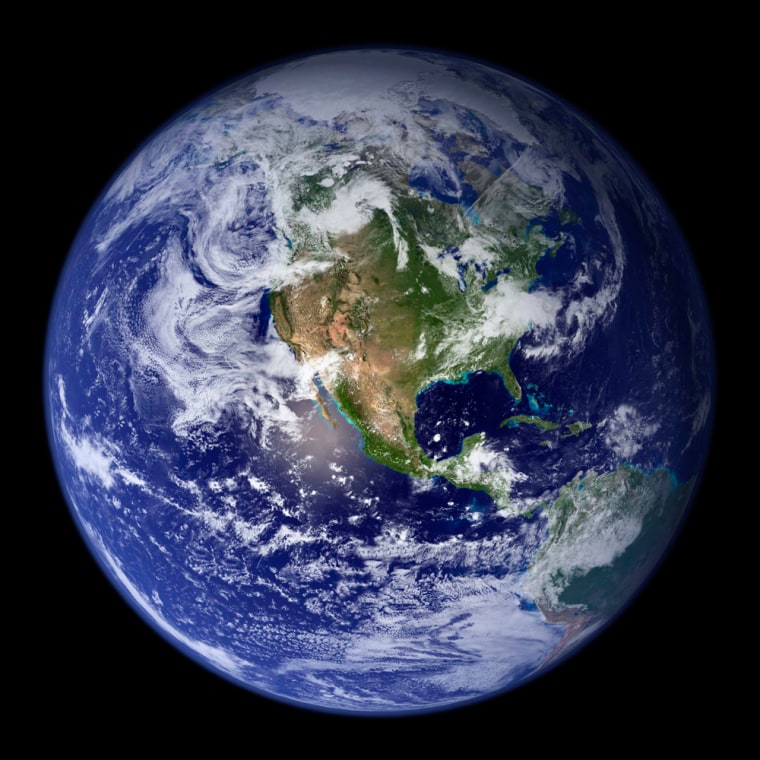Nobody knows how life on Earth began, but the primordial soup likely got a lot of its ingredients from space.
Scientists have discovered concentrations of amino acids in two meteorites that are more than 10 times higher than levels previously measured in other similar meteorites.
Amino acids are organic molecules that form the backbone of proteins, which in turn build many of the structures and drive many of the chemical reactions inside living cells. The production of proteins is believed to constitute one of the first steps in the emergence of life. Meanwhile, meteorites found on Earth are typically chunks of material created in the solar system's youth.
So the finding suggests that the early solar system was far richer in the organic building blocks of life than scientists had thought. The researchers speculate that rocks from space may have spiked Earth's primordial broth.
It's an argument that's been made before. But the prevalence of amino acids strengthens the reasoning.
Scientists already knew amino acids could have formed in some environments on the early Earth, but the presence of these compounds in certain meteorites has led many researchers to look to space as a source.
The meteorites used for the study were collected in Antarctica in 1992 and 1995 and held in the meteorite collection at the NASA Johnson Space Center in Houston. Researchers took small samples from three rare CR chondrites, which date from the time of the solar system's formation. The rocks likely came from an asteroid that was long ago shattered.
"The amino acids probably formed within the parent body before it broke up," said Conel Alexander of the Department of Terrestrial Magnetism at the Carnegie Institution. "For instance, ammonia and other chemical precursors from the solar nebula, or even the interstellar medium, could have combined in the presence of water to make the amino acids. Then, after the break up, some of the fragments could have showered down onto the Earth and the other terrestrial planets. These same precursors are likely to have been present in other primitive bodies, such as comets, that were also raining material onto the early Earth."
The study will be detailed in the journal Meteoritics and Planetary Science.
